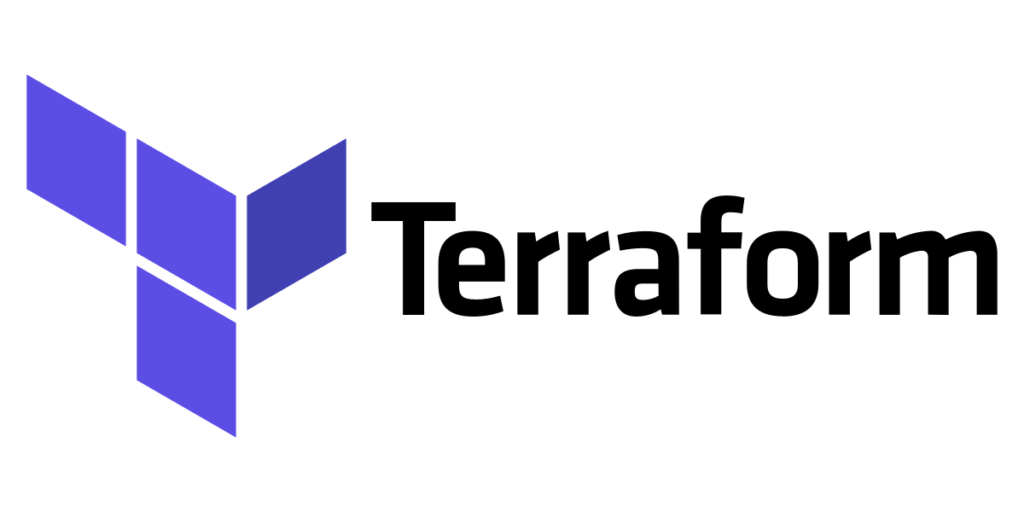 Back
Back
Elevating Infrastructure Management: Why Terraform Enterprise over Open Source
In the rapidly evolving landscape of modern IT infrastructure, effective management and deployment of resources have become paramount for businesses to remain agile and competitive. As companies embrace cloud technologies and adopt Infrastructure as Code (IaC) practices, the choice between open-source solutions and enterprise-grade tools becomes a critical decision. In this article, we explore why companies should consider Terraform Enterprise over open-source alternatives to streamline their infrastructure management processes.
The Power of Terraform
Terraform has emerged as a leading IaC tool due to its ability to define, manage, and provision infrastructure resources across various cloud providers and on-premises environments. Its declarative syntax, resource modelling, and extensive provider ecosystem make it a preferred choice for organizations seeking efficient infrastructure automation. While open-source Terraform offers immense value, Terraform Enterprise takes it to the next level by offering enhanced capabilities tailored for enterprise-scale operations.

1. Collaboration and Governance
Terraform Enterprise facilitates collaboration among teams by providing a central platform for managing infrastructure code. Role-based access controls ensure that the right individuals have the appropriate permissions to manage resources. This is crucial for maintaining security and adhering to compliance standards in large organizations. Moreover, Terraform Enterprise offers a policy enforcement mechanism that enables consistent adherence to organization-specific best practices and compliance requirements.

2. Workflow Enhancements
Open source Terraform lacks built-in features for advanced workflow management. Terraform Enterprisefills this gap by offering capabilities like Workspaces, which allow teams to isolate and manage different environments, such as development, testing, and production, effectively. Sentinel policy enforcement enables the creation of custom policies, allowing automated checks to be performed before any infrastructure changes are applied, ensuring that resources meet predefined criteria.

3. Enhanced Scalability and Performance
As organizations grow, the complexity and scale of their infrastructure also increase. Terraform Enterprise is designed to handle large-scale deployments more efficiently than open-source alternatives. It supports features like remote state management, which allows teams to collaborate on a shared infrastructure state while reducing the risk of conflicts and data inconsistencies.

4. Support and Maintenance
One of the most significant advantages of Terraform Enterprise is the dedicated support it offers. Enterprises receive timely assistance, updates, and bug fixes, which is especially important when dealing with critical infrastructure deployments. Open-source communities can be valuable for support, but they might not provide the same level of responsiveness and accountability.

5. Integration and Extensibility
Terraform Enterprise provides integrations with popular DevOps and CI/CD tools, allowing seamless incorporation of infrastructure changes into broader development pipelines. The ability to trigger Terraform workflows automatically based on code changes enhances agility and reduces manual intervention.

6. Auditability and Reporting
For compliance-driven industries, maintaining a clear audit trail of infrastructure changes is essential. Terraform Enterprise offers detailed logging and reporting, ensuring that all modifications are tracked, attributed, and auditable.

7. Immutable Deployments
With Terraform, changes to the infrastructure are made by modifying the code rather than altering existing resources. When changes are required, the code is updated, and Terraform compares the desired state with the current state to determine what changes are needed. This results in creating new resources or updating existing ones, ensuring that the infrastructure is always recreated from scratch based on the latest code.

While open source Terraform offers substantial benefits in terms of flexibility and ease of adoption, Terraform Enterprise addresses the unique needs of enterprises seeking to manage their infrastructure at scale. With features like collaboration, workflow enhancements, enhanced scalability, support, integration capabilities, and auditability, Terraform Enterprise empowers organizations to achieve streamlined and compliant infrastructure management. By investing in Terraform Enterprise, companies can elevate their infrastructure automation practices, enhance team collaboration, and ensure smoother operations in an ever-evolving technological landscape.

Joseph Cove
Technical Consultant, WM Promus
Information source: Terraform Open Source vs. Terraform Enterprise (hashicorp.com)
